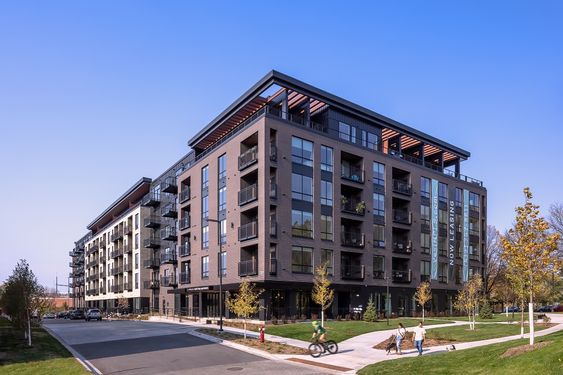Designing Apartments for Multi-Generational Families: Meeting the Needs of Modern Households
Read latest blogs and articles from Housystan

The Information mentioned here was last updated on:
4/1/2026Designing apartments for multi-generational families is quickly becoming a vital aspect of modern urban planning, particularly in thriving cities where space is at a premium and family structures are evolving. In metropolitan areas, such as New York, Los Angeles, Chicago, Houston, and Miami, the demand for flexible living solutions is rising as families seek to accommodate grandparents, parents, and children under one roof. Apartments tailored for multi-generational living not only strengthen family bonds but also address practical challenges like childcare, eldercare, and shared financial responsibilities.
Successful multi-generational apartment design hinges on creating flexible spaces that offer both privacy and communal areas. Open-concept living rooms and kitchens provide welcoming environments for family gatherings, while strategically placed bedrooms and private suites ensure each generation has its own retreat. Consider incorporating features such as en-suite bathrooms, separate entrances, or even small kitchenettes to foster independence for seniors or young adults.
Accessibility is another key factor in multi-generational apartment design. Ramps, wider doorways, step-free access, and non-slip flooring are essential for accommodating elderly family members or individuals with mobility challenges. Modern apartments in urban centers like Dallas, Atlanta, or San Francisco increasingly include these elements, making them attractive to diverse households seeking inclusive living environments.
- Verified Tenants/Buyers
- Unlimited Property Listing
- Zero subscription/charges fee
Storage solutions play a significant role in keeping shared spaces organized and functional. Built-in shelving, walk-in closets, and clever cabinetry maximize apartment square footage while ensuring everyone’s belongings have a designated place. Additionally, soundproofing between rooms and thoughtful lighting design enhance comfort and privacy for all residents.
Location also matters when designing apartments for multi-generational families. Proximity to schools, healthcare facilities, parks, and public transportation in cities such as Seattle, Boston, Philadelphia, or Austin increases convenience and quality of life for every generation. Local amenities, coupled with community-focused apartment features like communal gardens or shared recreational areas, further support the needs of extended families.
By prioritizing flexible layouts, accessibility, smart storage, and prime locations, apartment developers and designers can successfully meet the evolving requirements of multi-generational households. As cities across the United States continue to grow, innovative apartment designs will play a crucial role in supporting the well-being and unity of modern families.